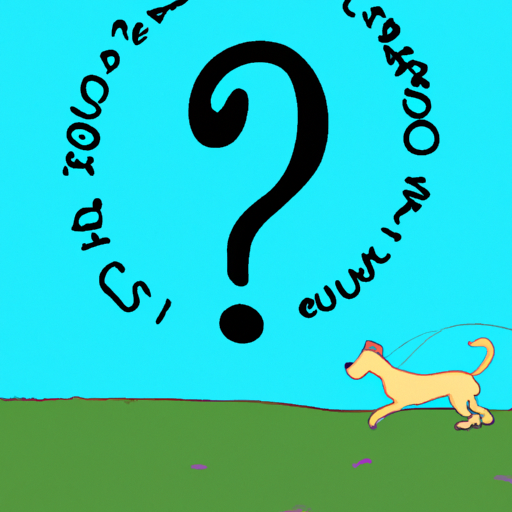Understanding Your Dog’s Behavior
You may have noticed that your furry friend often engages in what appears to be a pointless exercise of running in circles. Before you dismiss this as mere silliness or eccentricity, it’s important to understand that this behavior might have deeper roots in your dog’s instincts and wellness.
- Exercise and Play: Dogs, especially young pups and certain high-energy breeds, have a lot of energy to burn off. Running in circles may simply be a playful way for them to expend that energy.
- Chasing Their Tail: Some dogs run in circles as they try to catch their elusive tail, which can be a result of boredom, curiosity, or even fleas.
- Prey Drive: In the wild, dogs’ ancestors had to chase down their prey. This running in tight circles could be an echo of that instinctual behavior.
Health Concerns Linked to Circling
However, as a caregiver, you should also be aware that sometimes, this behavior could signal potential health issues:
- Obsessive-Compulsive Disorder (OCD): If your dog is spinning excessively and can’t seem to stop, it could be a symptom of OCD. This condition can develop due to chronic stress or anxiety.
- Ear Infections: Dogs with ear infections may run in circles in an attempt to relieve discomfort.
- Neurological Issues: Circles may also indicate problems with the dog’s nervous system, such as Canine Cognitive Dysfunction (CCD).
| Possible Cause | Symptoms | What to Do |
|---|---|---|
| OCD | Excessive spinning, anxiety, inability to stop | Consult a vet, provide mental stimulation |
| Ear Infection | Ear scratching, head shaking, loss of balance | Consult a vet, keep ears clean |
| CCD | Confusion, changes in behavior, sleep patterns | Consult a vet, consider medication |
How to Respond to Your Dog’s Circling
As a responsible and caring dog owner, you should always be alert to changes in your pet’s behavior. Here’s what you can do:
- Monitor Their Behavior: Keep an eye on how often your dog runs in circles and whether there are any other accompanying symptoms.
- Provide Mental Stimulation: Make sure your dog has enough toys and activities to keep their minds active.
- Consult a Vet: If you notice excessive circling or any signs of distress, it’s time to consult a veterinarian.
Preventive Measures
Prevention is better than cure, and certain measures can be taken to prevent your dog from developing a habit of running in circles:
- Regular exercise and playtime
- Mental stimulation through toys and puzzles
- Regular vet check-ups
- Balanced diet and nutrition
FAQs
Q: Why does my dog run in circles before lying down?
A: This is a nesting behavior inherited from their wild ancestors, who would do so to flatten grass or snow and make a comfortable spot to rest.
Q: Is my dog’s circling behavior harmful?
A: Occasional circling for play or exercise is normal. However, excessive or distressed circling could indicate a medical issue and should be checked by a vet.
Q: How can I stop my dog from running in circles?
A: Distract your dog with toys or activities. If the behavior persists, consider seeking professional help.
Remember, as a caregiver, your role is to provide a safe and loving environment for your dog. Understanding their behaviors, even the quirky ones, is part of this fulfilling journey.



